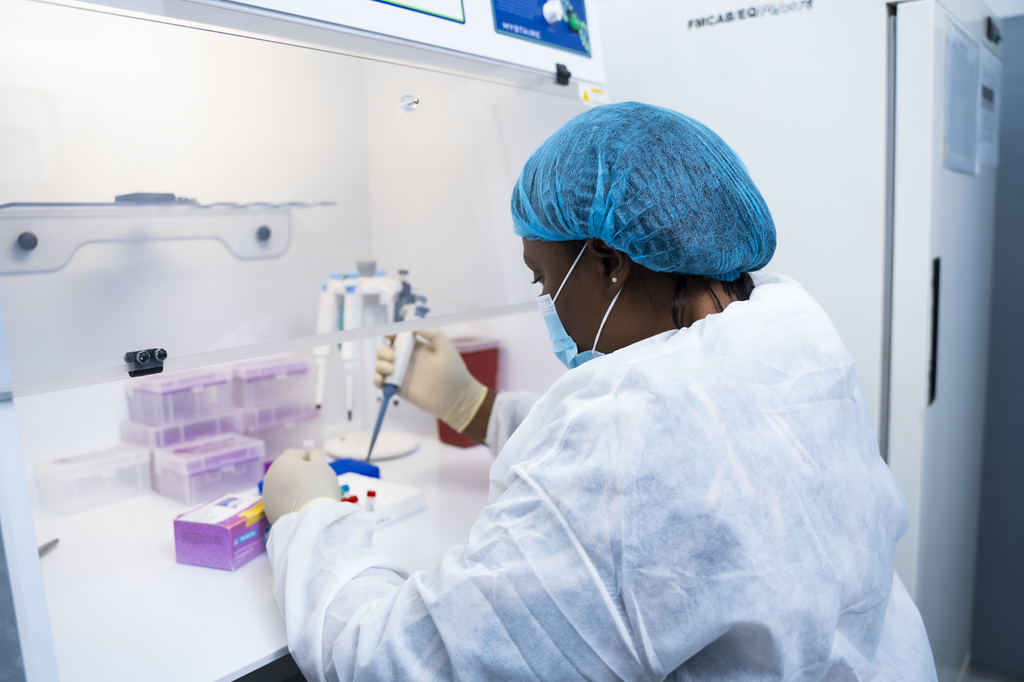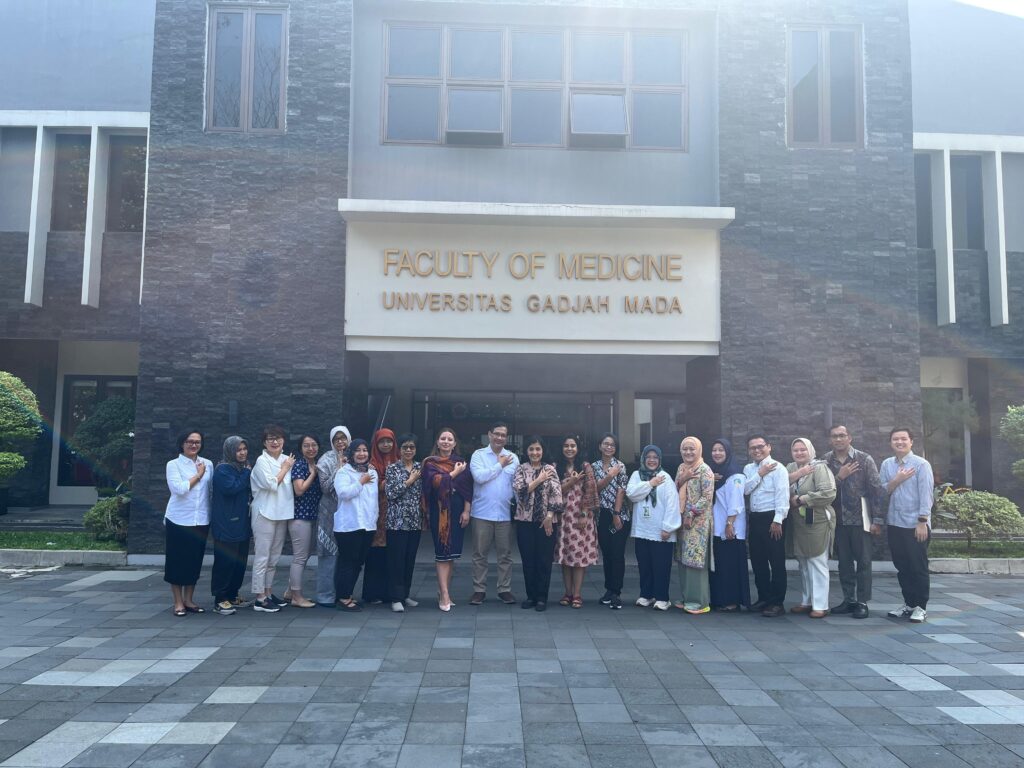
Delivering quality, patient-centred care
Digital health solutions for cancer care have been top-of-mind in City Cancer Challenge (C/Can) cities these last months. The tremendous volume of new data and information, the number of new solutions, and the accelerated use of existing interventions possible through enabling policy and ultimately necessity, have been extraordinary. And while the scope and speed of transformation in models of cancer care is inspiring, it begs the question of how do we avoid innovation for its own sake?
In other words, how do we ensure that we remain grounded in our purpose of delivering quality, patient-centred care?
Regional leaders taking part in C/Can’s Digital Health Discovery Forum this month have emphasised both the tremendous opportunities as well as the limitations of technologies. There is a real risk of widening inequalities for cancer patients and health professionals without due care, and participants in all four regional dialogues have been clear that trust and transparency between all stakeholders are prerequisites for success.
“Digital health tools will continue to play an increasing role in the provision of health care globally. Building and maintaining trust in their application through transparency, partnerships, public and end-user engagement and by placing patient needs at the forefront is essential to driving successful interventions and achieving meaningful outcomes.”Allison Ekberg Dvaladze, Health Policy Advisor for Health System Strengthening, WHO/Europe
So how do we achieve this and help fuel innovation in cities at the same time? A landscape assessment of the state of local digital health ecosystems for cancer to capture the experiences and needs of those most affected is a critical first step. Applying a meaningful framework to review the opportunities, challenges and instructive case studies (successes and failures) is another. This is where the concept of connected health provides a helpful way to mitigate some of the potential risks of adopting technologies – taking a holistic, health systems approach and placing the emphasis on digital health solutions that deliver high-quality, patient-centred cancer care.
Connected health is defined as
the use of technology to facilitate the efficient and effective collection, flow, and use of health information[1]. It aims to ensure all stakeholders in the process are ‘connected’ by means of timely sharing and presentation of accurate information through better use of data, devices, communication platforms and people[2].
The concept garnered particular attention in 2016, when the President’s Cancer Panel reported to President Obama on how to leverage connected health to maximise the value of the United States’ investment in cancer by supporting empowered individuals and patients.
The ‘systems’ lens of connected health is key.
Understanding what works, for whom, and under what circumstances is critical since all of the multiple parts, people and processes of a health system react and interact with each other to drive change at-scale. Connected health seeks to leverage these interrelationships providing some overarching “guardrails” to help guide purposeful innovation:
- Connected health is participatory. It places people at the centre of the process enhancing delivery models with real world information and experiences, so that solutions respond to people’s needs and preferences.
- It supports coordination of cancer care – a key element of quality – connecting patients, caregivers and health professionals across the spectrum of care from the home to the clinic, improving communications and reducing fragmentation of care.
- It promotes equitable access and utilisation of timely and quality data and health information, addressing such key barriers as interoperability and quality reporting, as well as empowering patients to make informed decisions about their own care.
- It fosters a culture of learning and knowledge exchange across the cancer care health system placing equal value on both capacity building e.g. digital literacy, and quality service delivery, both critical in scaling solutions within a city as well transferring knowledge between cities.
While providing this lens can help to prioritise action, the right partnerships will also be key to achieving impact in cities. Through these last months, we have seen the power of partnerships to implement tangible actions rapidly and effectively, where previously the same action may have taken months or years of planning. We need to harness this mindset bringing key stakeholders together – not just ‘the usual suspects’ but all those critical to taking the right solutions forward in the right way so that they are scalable and sustainable. This means a clear value proposition for each stakeholder, and making sure all stakeholders have skin in the game. Most importantly, our collective purpose of quality, patient-centred cancer care must continue to be the driver of innovation and shape our decisions.
Dr Susan Henshall
CEO, City Cancer Challenge
[1] https://www.cancer.gov/news-events/cancer-currents-blog/2016/connected-health-infographic
[2] https://www.frontiersin.org/articles/10.3389/fdgth.2019.00001/full
This article was published in LinkedIn on September 15, and can be found here.





